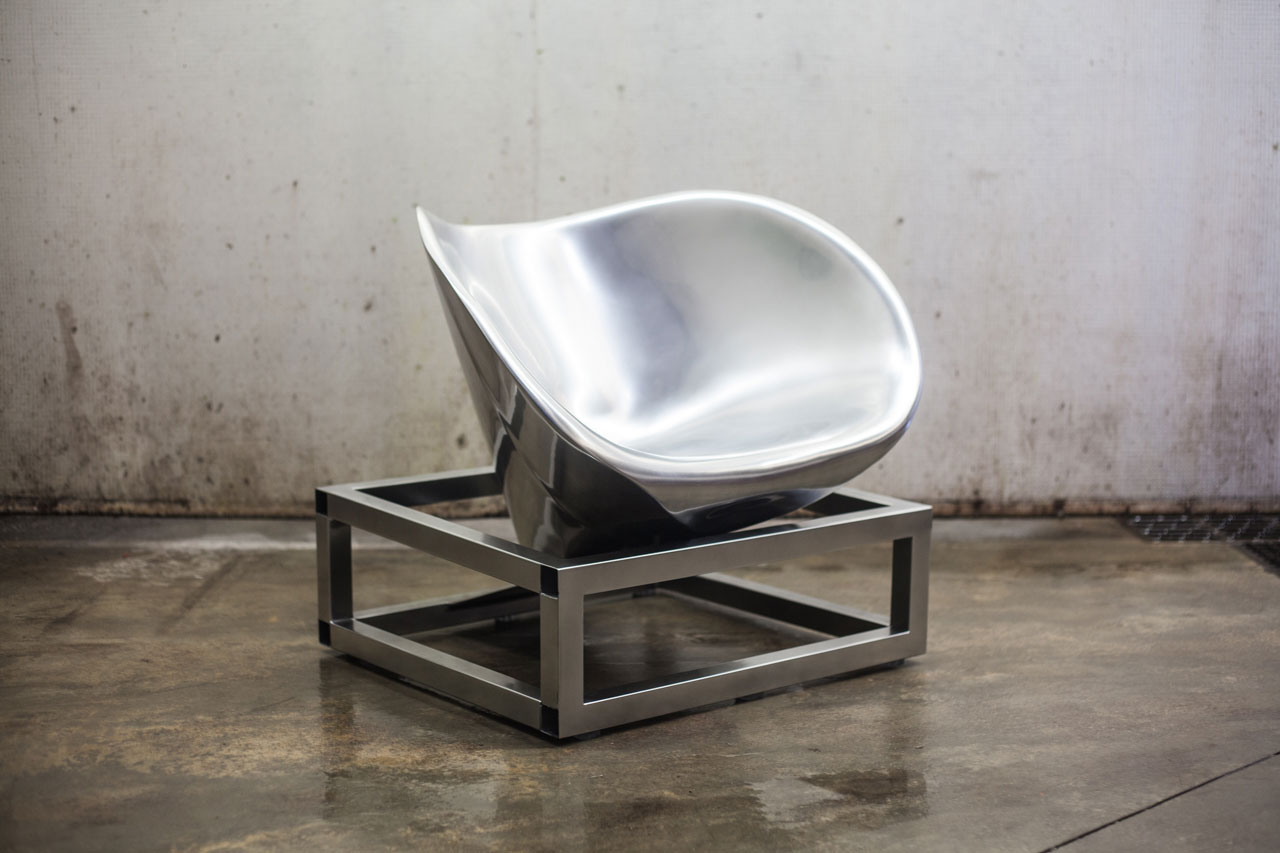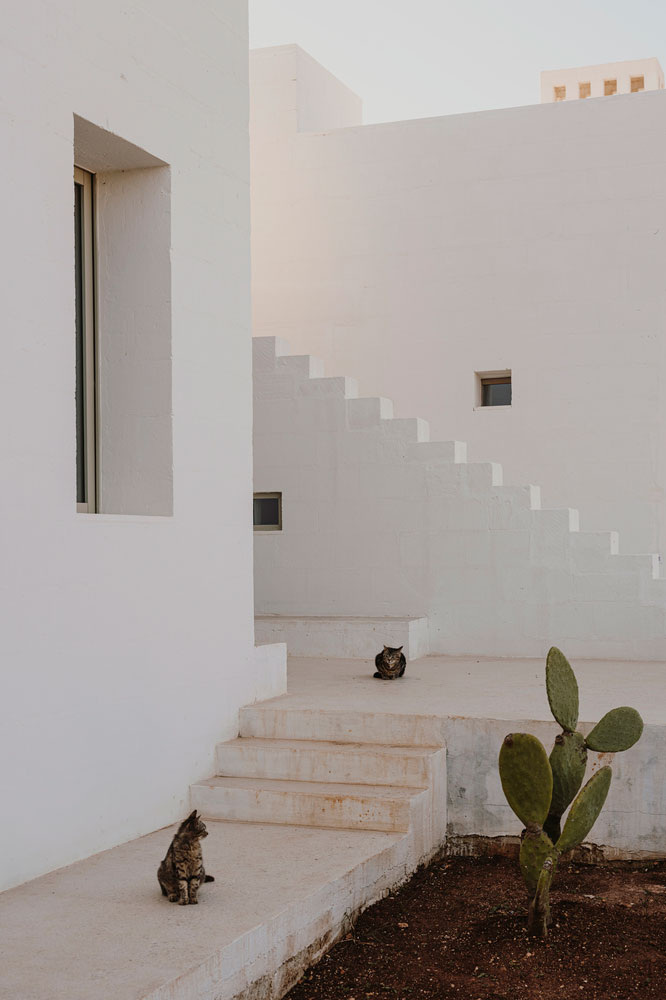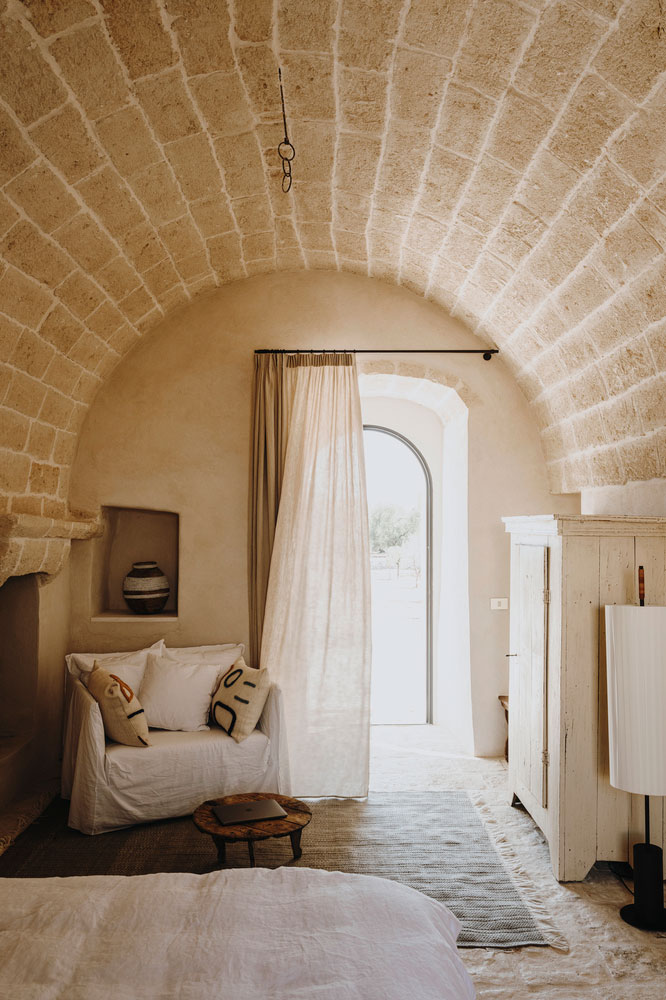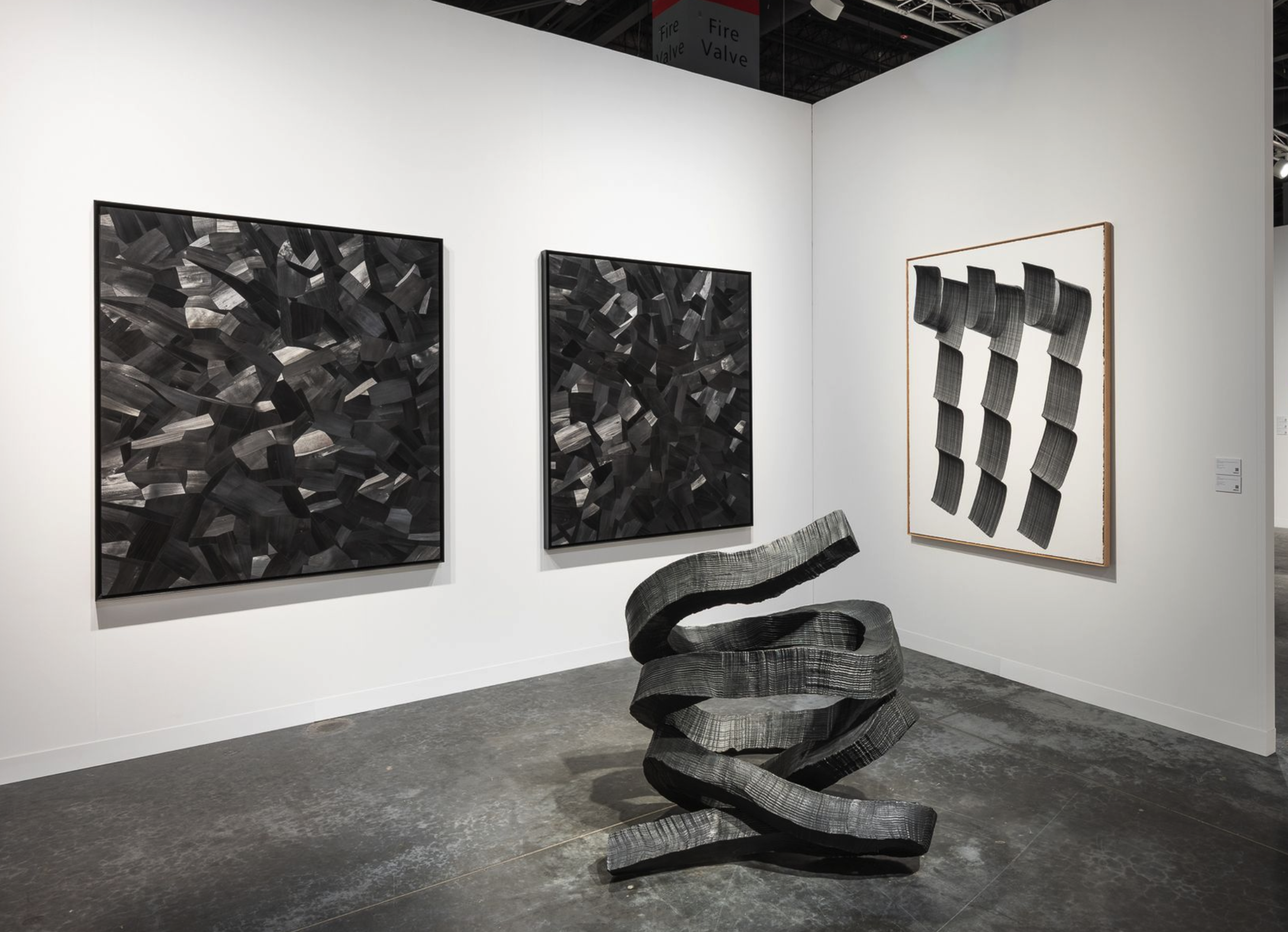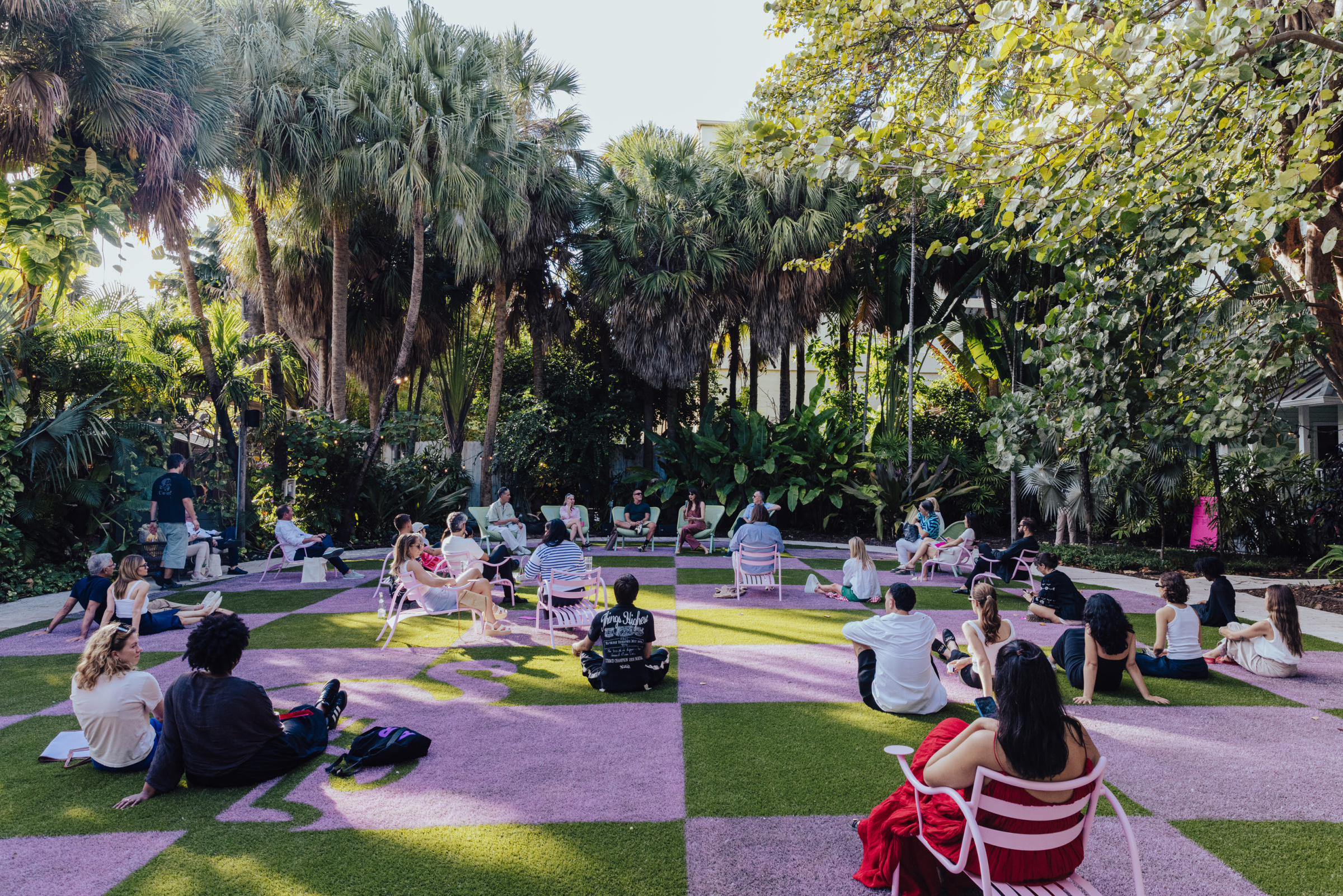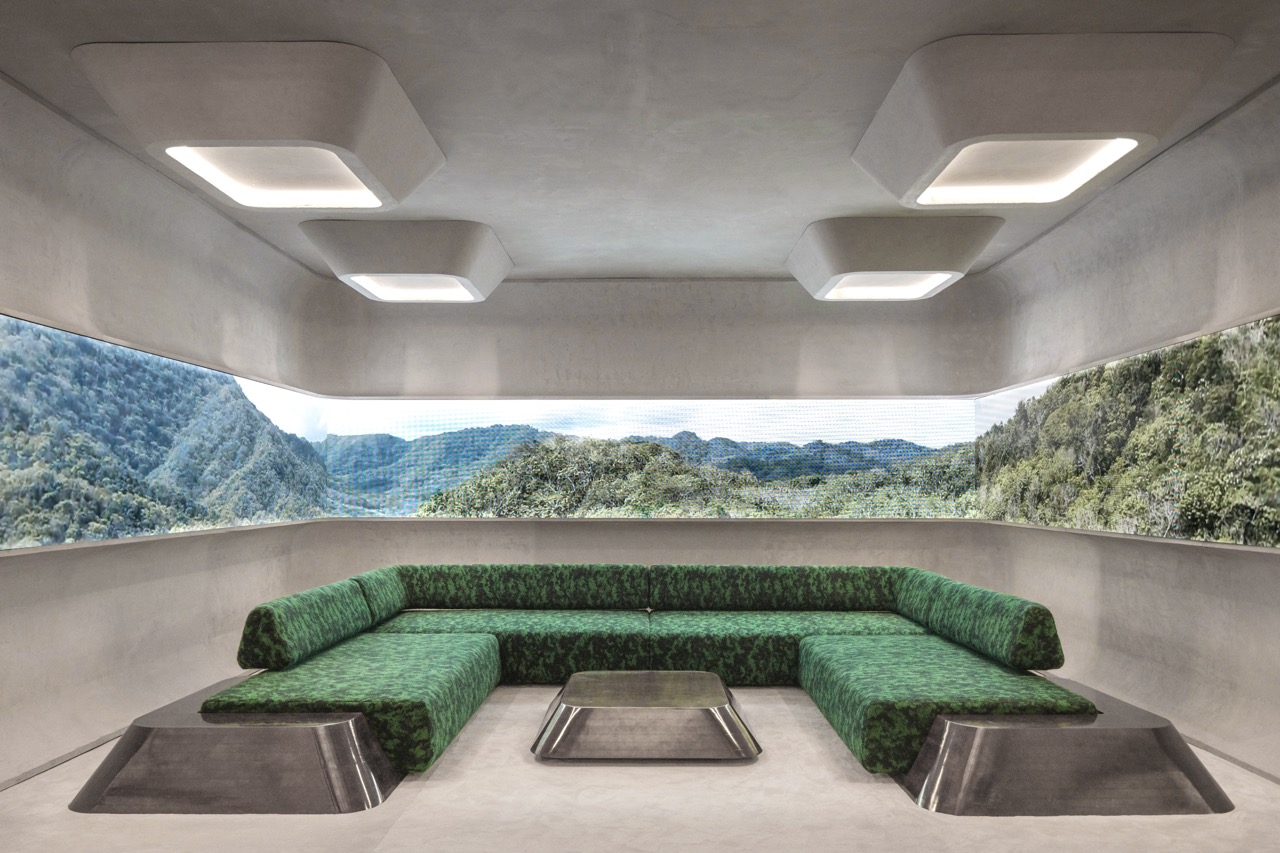Every Thursday the Sixtysix newsletter delivers the latest creative news, designs, and insights straight to your inbox. Here are this week’s highlights. Not on the email list? Subscribe now.
***
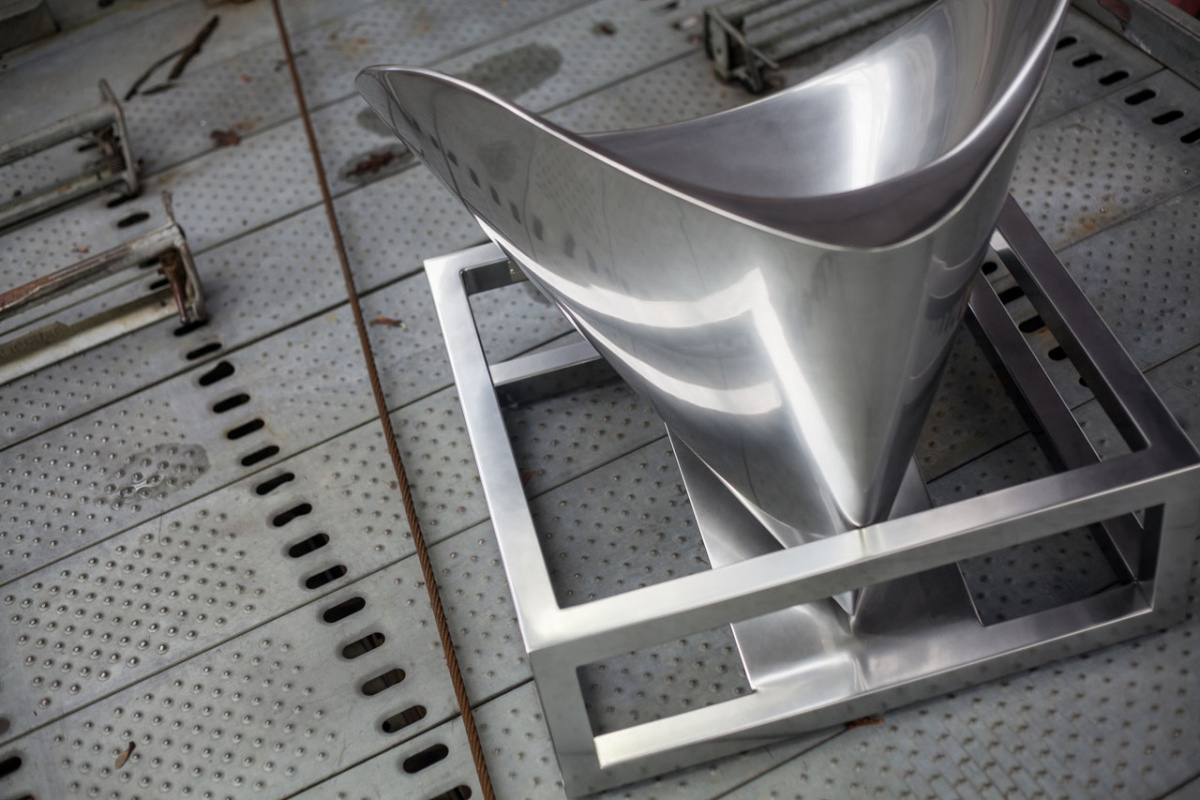
Photo courtesy of waiting-for-ideas.com
Jean-Baptiste Anotin built a handcrafted chrome chair inspired by automotive design.
+ Called No Seatbelt Required, Jean-Baptiste, founder of Waiting For Ideas design studio, built the shining chair by pulling metal sheets from old cars, bending and incorporating the textures of the soft aluminum metal.
+ Inspired by his childhood, Jean-Baptiste allowed the material to guide his process throughout the many stages between prototyping and final paint. The entire project began and ended in his family’s workshop, making it an appropriate homage to the artful aspects of automotive design.
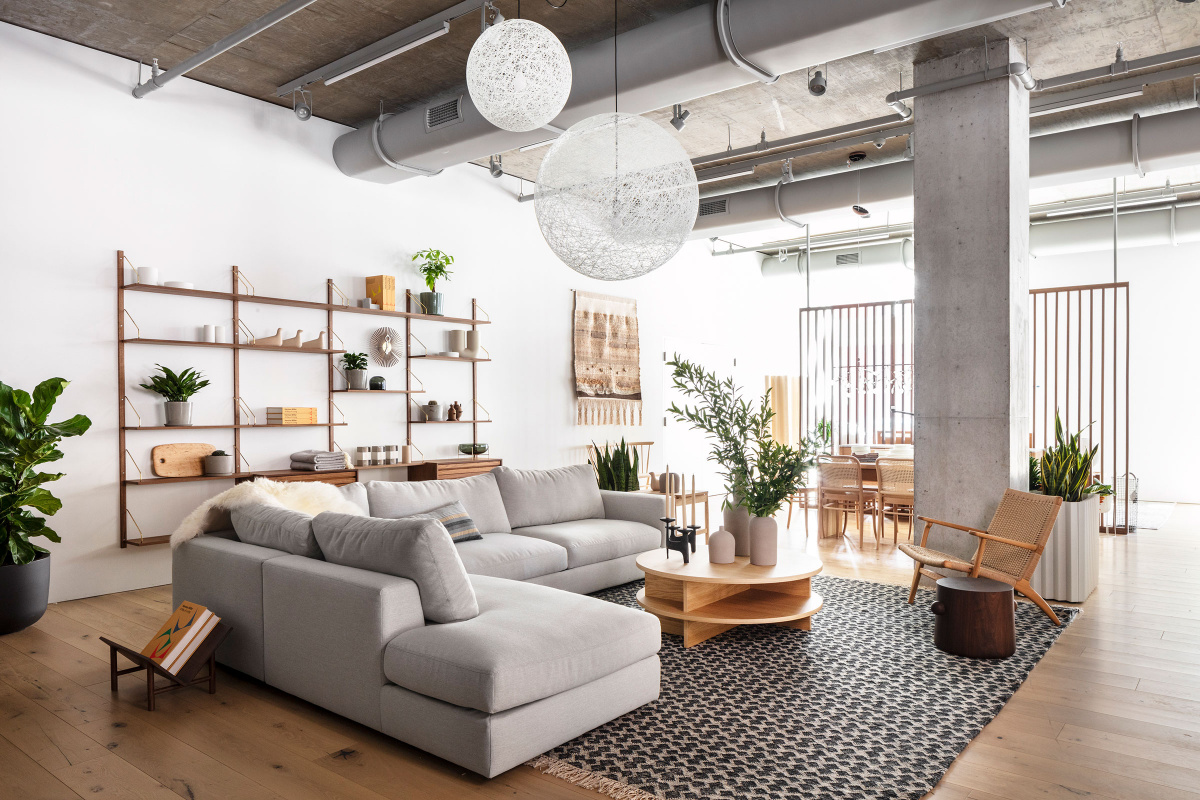
Photo courtesy of hermanmiller.com
Introducing MillerKnoll: Herman Miller officially becomes MillerKnoll as merger with Knoll is finalized.
+ The modern furniture mainstay Herman Miller has announced a name change its final acquisition of Knoll. Together the brands will continue to reimagine modern design and shape its global perception.
+ “We are a group of people and brands guided by a shared vision, common values and a steadfast commitment to design. As MillerKnoll, we’ll push and inspire each other to innovate and design the future for all the places where life happens,” said Andi Owen, president and chief executive officer of MillerKnoll, in a press release.

Photo courtesy of salonemilano.it
Salone del Mobile appoints Maria Porro as its first-ever woman president.
+ Maria was previously the president of Assarredo, the Italian trade association for furniture manufacturers, where she was also the first female president.
+ “I and the entire board of directors will be working to ensure that, as a unique and indispensable design showcase, the Salone rises to meet future challenges regarding sustainability, digitalization, research, innovation, creativity and inclusiveness, as ever maintaining the highest quality,” Maria said in a statement.
View this post on Instagram
Prague-based designer Lukáš Novák revived a 200-year-old practice for his new collection of glass objects.
+ In Lukáš’ studio, what looks like heavy ceramics are actually glass objects reminiscent of shining semi-precious stones. The vessels feature copper threads and deep hues of turquoise and cerulean blue.
+ In the Amaline collection, Lukáš uses a 19th century technique called Lithyaline, where rocks and minerals are melted down and mixed with molten glass—a process he studied for more than a year.
View this post on Instagram
New magazine Makhzan highlights underrepresented designers across the Middle East and North Africa.
+ Design students from Cairo’s German University banned together over eight months to conduct interviews and compile the works of 70 multicultural artists living across 14 countries in a massively marginalized geographical area.
+ Driven by the desire to share each region’s rich design talent with the western world, the students used the pandemic to travel via Zoom and put together the bilingual magazine with attention to variety and cultural overlap.
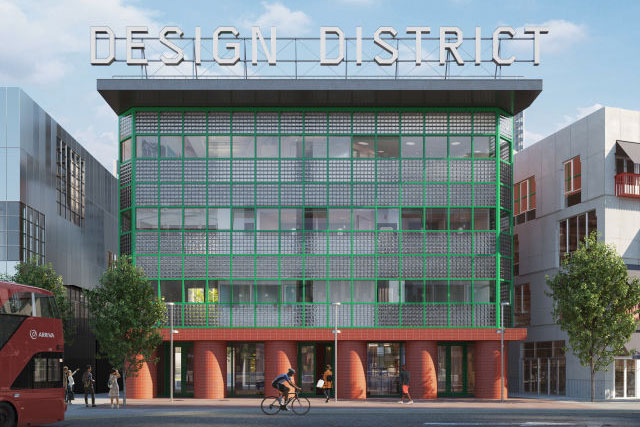
Photo courtesy of designdistrict.co.uk
Built for creatives, London’s Design District is named one of the world’s greatest places.
+ Time gave London’s Design District the honor as it welcomes creatives from across disciplines to live and work affordably, renting space for about $7 per square foot.
+ After more than a year of lockdown restrictions, the car-free district made up of 16 buildings will soon reopen with the intention to host the Greenwich+Docklands International Festival.
- Photo courtesy of andrew-trotter.com
- Photo courtesy of andrew-trotter.com
Studio Andrew Trotter preserves Pugliese design and offers an Italian respite with Villa Cardo.
+ Sitting on approximately 2.5 acres, the three bedroom home in Carovigno, Italy, was made from local materials using traditional techniques to keep the home light and airy in the region’s hot climate.
+ The home is surrounded by native olive and almond trees and features many archways both inside and out.
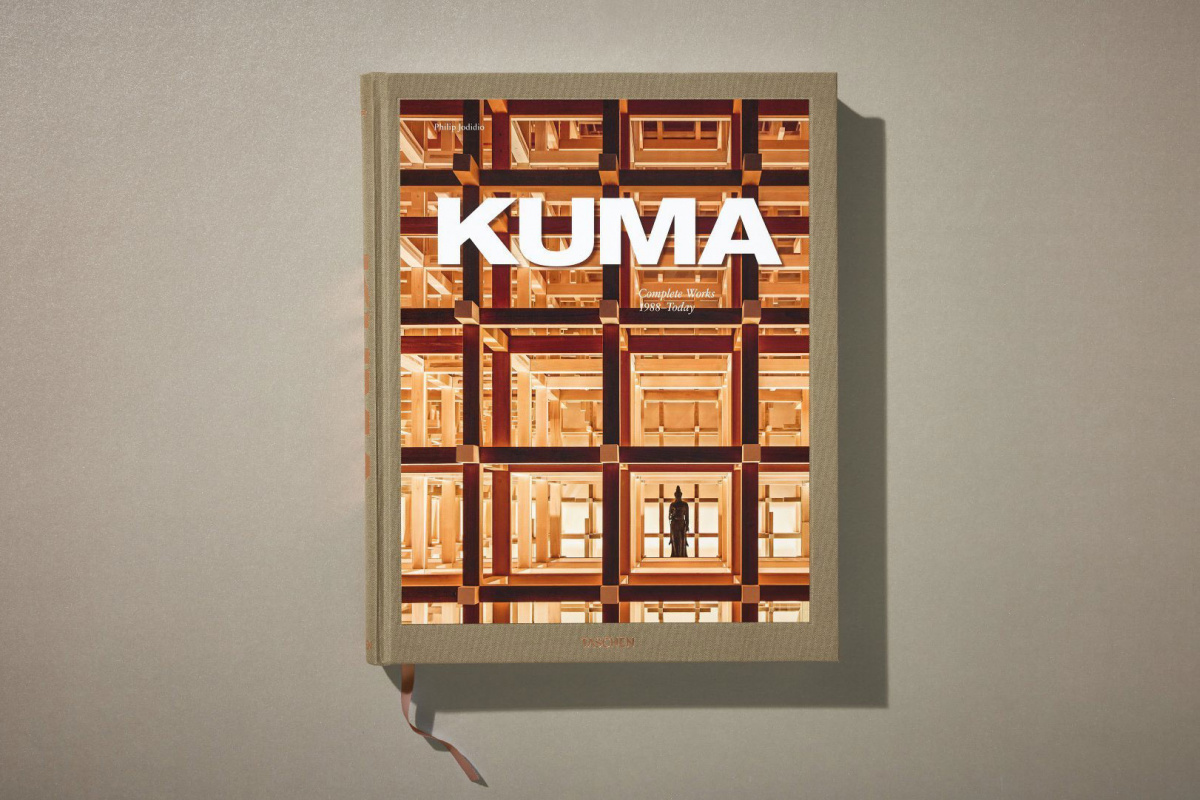
Courtesy of taschen.com
Kengo Kuma reflects on the times and moving away from “hard” urban design ahead of new book.
+ Designer of the Japan National Stadium, the centerpiece of Toyko’s spectator-less Summer Olympics, Kengo told Fast Company, “High growth is now over, I am moving towards a softer, or more feminine, design in a way, and the new stadium represents that trend.”
+ The statement comes on the heels of Kengo’s new book from Taschen, Kuma, Complete Works 1988–Today, cowritten by Kengo and Philip Jodidio.
***
Want this news roundup send straight to your inbox? Subscribe below.
[ninja_form id=3]
